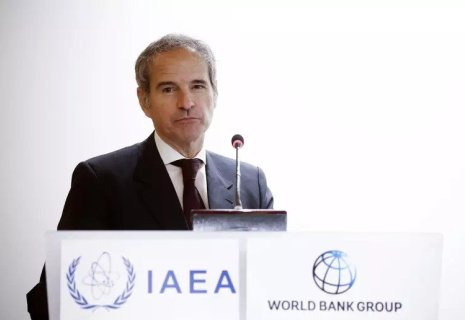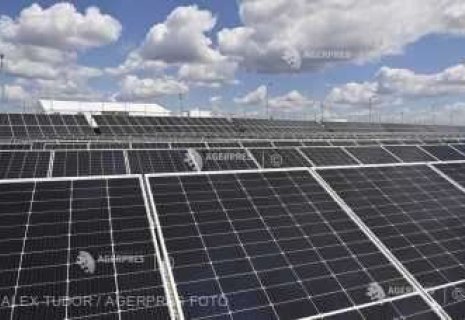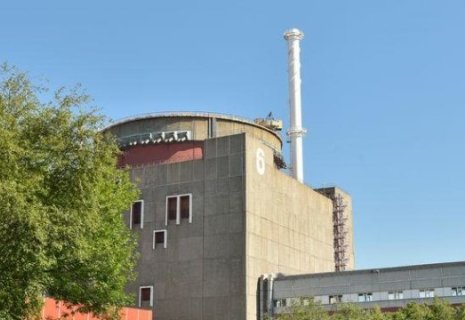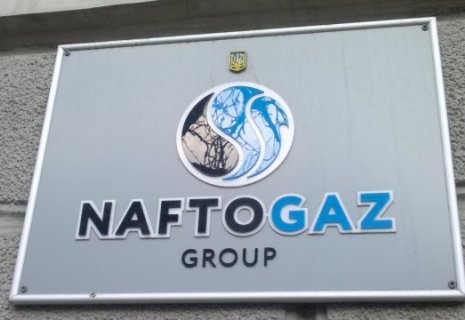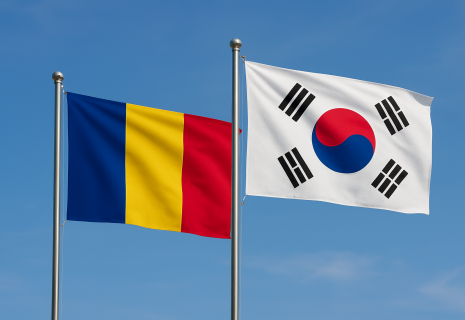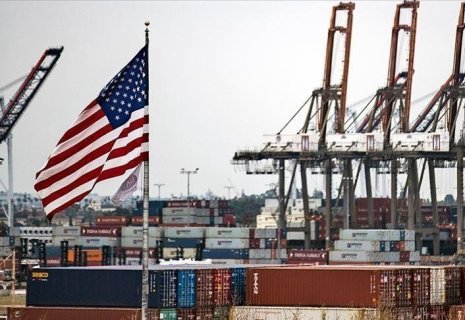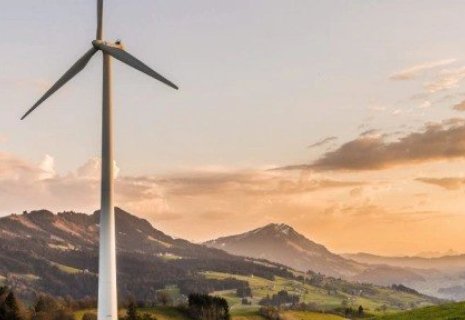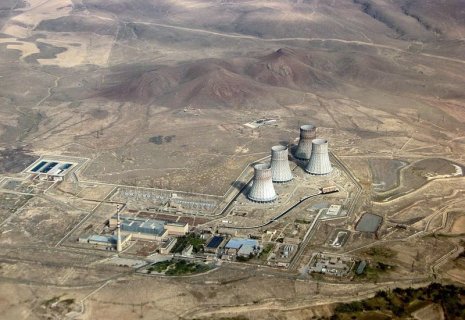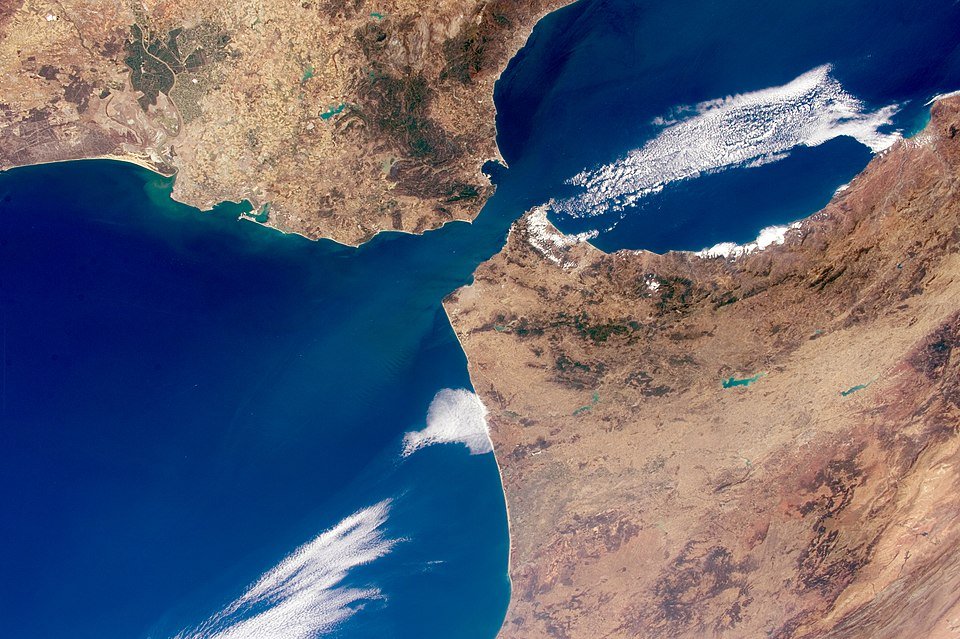
Hormuz on the Brink: Iran’s threat sparks energy alarm across Balkans - ANALYSIS
As geopolitical tensions in the Middle East spiral upward, Iran’s parliament has voted to approve the closure of the Strait of Hormuz—a vital maritime chokepoint through which nearly 20% of the world’s oil supply transits. While the final decision rests with Iran’s Supreme National Security Council, the threat alone is already shaking energy markets across the globe. For Balkan countries, which are highly dependent on oil and gas imports and already grappling with inflation and fragile energy security, the potential disruption poses a serious economic challenge.
The vote followed U.S. airstrikes on three Iranian nuclear facilities, which reportedly caused extensive damage. Combined with recent Israeli attacks on Iranian energy infrastructure and Iran’s retaliatory actions, including the suspension of gas production at the South Pars field, the region is nearing a breaking point. The risk of a maritime blockade in the Strait of Hormuz is no longer hypothetical—it's a looming geopolitical flashpoint.
The consequences of even a temporary closure could be catastrophic for global energy markets. The Balkans—already vulnerable due to limited strategic reserves, dependency on external suppliers, and exposure to international price volatility—are watching events unfold with growing concern.
The Strait of Hormuz, located between Oman and Iran, is just 33 kilometers wide at its narrowest point but handles around 20 million barrels of oil per day, according to the U.S. Energy Information Administration (EIA). It also carries nearly a fifth of the world’s liquefied natural gas (LNG), mostly from Qatar.
In 2024, 84% of the oil and 83% of LNG passing through Hormuz was destined for Asia. However, the shockwaves from a closure would be global—Balkan nations could experience indirect but significant effects through surging energy prices, disrupted trade flows, and economic volatility across Europe.
While Saudi Arabia and the UAE operate alternative pipelines, their combined capacity of around 2.6 million barrels per day is far below what flows through Hormuz. Iran’s own Goreh–Jask pipeline, reaching the Gulf of Oman, has largely stalled.
For European countries, including those in the Balkans, diversification efforts are underway, such as LNG imports via Greece and Croatia, and connections to the Southern Gas Corridor. But these developments remain insufficient in the face of a sudden supply crisis, especially if Asian buyers start outbidding Europe for limited LNG cargoes.
What it means for the Balkans
Balkan countries, including Serbia, North Macedonia, Bosnia and Herzegovina, Albania, and others, face heightened risks:
-
Fuel price shocks: With oil prices potentially spiking above $120 per barrel—as forecast by Dutch ING in a Hormuz closure scenario—transport, heating, and food prices in the region could surge.
-
Inflation pressure: Many Balkan economies are still recovering from the recent energy crisis and inflationary shocks. A new wave of energy-driven inflation could stall growth and widen fiscal deficits.
-
Gas supply instability: Although the region imports relatively little gas from the Gulf directly, any disruption to global LNG flows—especially from Qatar—would increase competition and prices across Europe.
-
Currency and credit risks: Rising import bills and energy subsidies could weaken local currencies and strain public finances, potentially triggering credit downgrades or IMF assistance in weaker economies.
The International Energy Agency (IEA) warns that the Strait of Hormuz handles up to 25% of world oil flows and most of the available OPEC+ spare capacity. Blocking it would unleash a global supply crisis. For the Balkans, which sit downstream in the global energy value chain, the effects would be transmitted via higher import costs, inflation, and reduced economic resilience.
Qatar has already instructed LNG tankers to delay entry into the strait. If full closure occurs, Balkan countries will be competing with larger European and Asian economies for scarce energy supplies.
While EU members and neighboring countries maintain strategic reserves, these can only cover short-term disruptions. Most Balkan nations lack the scale or capacity to weather prolonged supply shocks without external support.
In a worst-case scenario involving prolonged closure or regional war, Fitch Ratings warns that global energy markets could remain in turmoil well beyond current forecasts. For the Balkans, this could mean a return to energy rationing, fiscal instability, and stalled recovery.
As Iran weighs its final decision, the global economy holds its breath. But for the Balkans, the threat is not just about energy—it’s a test of geopolitical preparedness, economic resilience, and regional solidarity. Leaders in Southeast Europe must act swiftly to coordinate responses, secure alternative supply routes, and shield vulnerable populations from the worst-case scenario.
The fragility of the global energy system is once again exposed—and for the Balkans, the stakes are unusually high.
Photo: Wikipedia
This article was prepared by Abdul Karimkhanov

